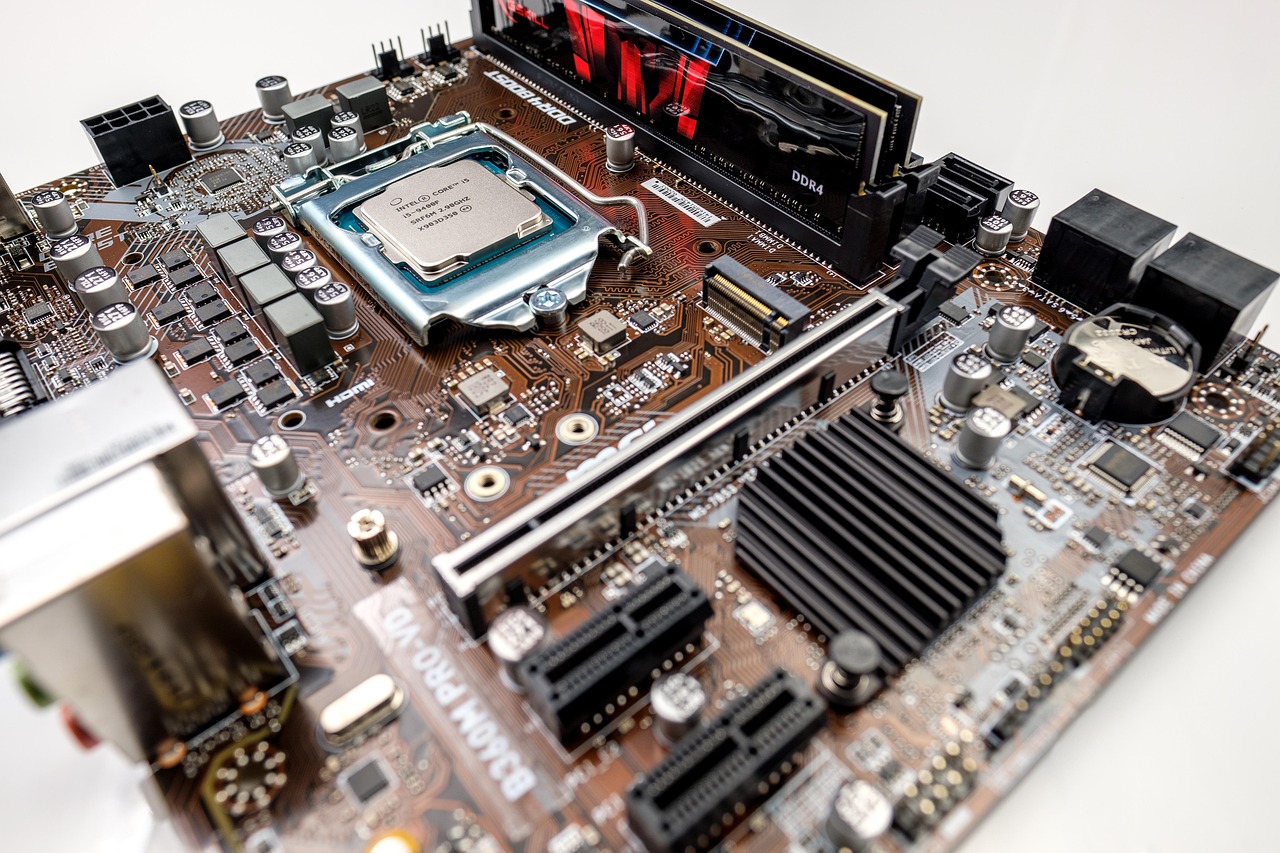Micro-Investing Platforms: Empowering Recurring Investments

In the evolving landscape of personal finance, micro-investing platforms have emerged as a pivotal tool, democratizing access to investing opportunities. These platforms are designed to facilitate recurring investments, enabling users to consistently allocate small amounts of money into various financial instruments. This approach is particularly beneficial for individuals who may be new to investing or who wish to build wealth over time without requiring substantial initial capital.
Micro-investing has gained significant traction globally, supported by technological advancements and a cultural shift towards more accessible financial services. By allowing users to invest small, manageable sums regularly, these platforms offer a practical solution to the barriers traditionally associated with investing, such as high minimum investment thresholds and complex financial jargon.
One of the primary advantages of micro-investing platforms is their ability to automate the investment process through recurring contributions. Users can set up automatic transfers from their bank accounts to their micro-investing accounts, ensuring consistent growth of their investment portfolios. This automation not only simplifies the investment process but also instills a disciplined approach to saving and investing.
Globally, micro-investing platforms have been embraced by a diverse audience, from millennials seeking to start their investment journey to seasoned investors looking to diversify their portfolios with minimal effort. The platforms typically offer a wide range of investment options, including exchange-traded funds (ETFs), stocks, and even cryptocurrencies. This diversity allows users to tailor their investment strategies according to their risk tolerance and financial goals.
Moreover, the rise of micro-investing is inextricably linked to the broader trend of financial technology (fintech) innovation. By leveraging mobile applications and user-friendly interfaces, these platforms provide a seamless experience that integrates well with the tech-savvy lifestyles of modern consumers. Real-time updates, educational resources, and personalized insights further empower users to make informed investment decisions.
A critical aspect of micro-investing platforms is their focus on financial education. Many platforms provide educational content aimed at improving financial literacy among users. This is crucial, as it equips investors with the knowledge to understand market dynamics and make informed decisions about their financial futures.
Despite their numerous benefits, micro-investing platforms are not without challenges. Regulatory frameworks differ across countries, impacting how these platforms operate. Additionally, while micro-investing lowers barriers to entry, users must remain aware of fees and potential risks associated with investing, even in small amounts.
As the global financial landscape continues to evolve, micro-investing platforms are likely to play an increasingly important role in shaping how individuals approach personal finance. By supporting recurring investments, these platforms not only make investing accessible but also promote a culture of saving and financial responsibility. For tech-literate professionals and newcomers alike, embracing micro-investing could be a strategic step towards achieving long-term financial stability.
In conclusion, micro-investing platforms offer a compelling proposition for individuals looking to engage in disciplined, regular investing. By breaking down traditional barriers and leveraging technology, these platforms are poised to transform the financial habits of millions worldwide, fostering a generation of informed and proactive investors.












